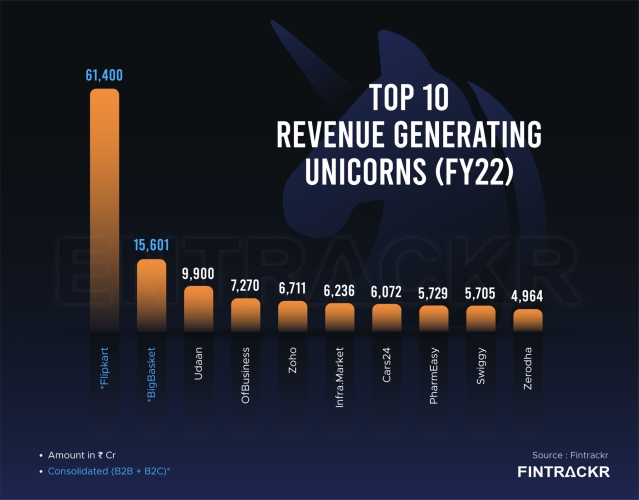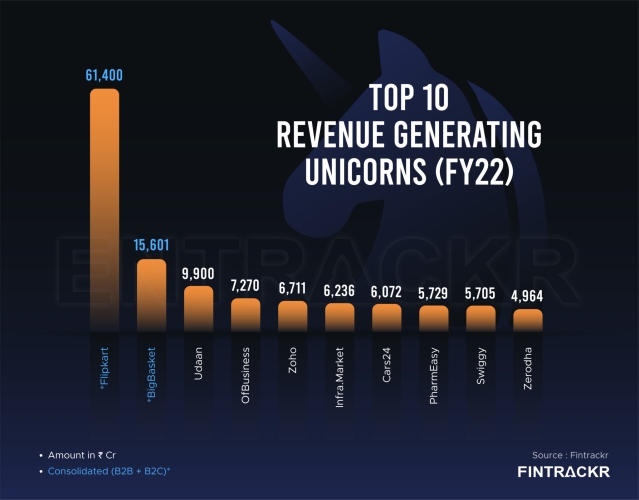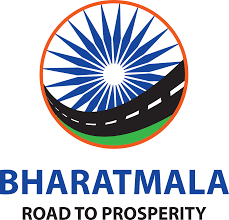दर्जन यूनिकॉर्न, अन्य आधा दर्जन प्रतीक्षारत: नेक्सस की एंटरप्राइज-आईटी कहानी 2006 में इसकी स्थापना जितनी पुरानी है और वीसी फर्म में भट्टाचार्जी के प्रवेश से पहले की है। इसके संस्थापकों में से एक, नरेन गुप्ता, एक मजबूत उद्यम-आईटी पृष्ठभूमि से आते हैं। 2000 के दशक के अंत में आए. अधिकांश भारतीय वीसी ने इंटरनेट की बढ़ती पहुंच, उभरती भारत की कहानी और अमेज़ॅन और अलीबाबा जैसी वैश्विक सफलताओं से प्रेरणा के कारण भारत-केंद्रित डिजिटल वाणिज्य पर जोर दिया। नेक्सस ने भारतीय उपभोक्ता-इंटरनेट सोने की खोज में सक्रिय रूप से भाग लेते हुए उद्यम आईटी पर भी समान जोर दिया। “हमें शुरू से ही कोई भ्रम नहीं था। कंपनियों को वैश्विक बाज़ार को संबोधित करना था। हम जानते थे कि बाजार स्वाभाविक रूप से भारत के बाहर होना चाहिए, ”नेक्सस पार्टनर्स के प्रबंध निदेशक भट्टाचार्जी ने ईटी प्राइम को बताया। पहला दांव: ज़ूम पूर्ववर्ती: एक दशक पहले भारत में तकनीकी-उत्पाद स्टार्टअप ढूंढना एक चुनौती थी, लेकिन फिर भी दिलचस्प थी। 2007 में नेक्सस के पहले डीप-टेक निवेश का मामला लें। यह हैदराबाद और बोस्टन स्थित डिमडिम था। एक ऑनलाइन रिमोट-कॉन्फ्रेंसिंग प्लेटफ़ॉर्म, डिमडिम। उपभोक्ता इंटरनेट में, नेक्सस के पास रोलर-कोस्टर सवारी का अपना हिस्सा था। सबसे उल्लेखनीय दांव, स्नैपडील, शानदार ढंग से सुलझ गया। शॉपक्लूज़ भी विफल हो गया। हाउसिंग, टाइनीआउल और रनर जैसे अन्य दांव भी कुछ शुरुआती वादे के बाद बेकार हो गए। यह न केवल स्टार्टअप्स के एक समूह को वैश्विक बाजार में ले जाने में भूमिका निभा सकता है, बल्कि इसने घाटी से कुछ स्टार्टअप्स भी ढूंढे हैं। “हमने जानबूझकर यह विकल्प चुना है [सिलिकॉन वैली से बाहर काम करने के लिए। अगर हमने ऐसा नहीं किया होता, तो मुझे नहीं लगता कि हमें वो परिणाम देखने को मिलते जो हम आज देख रहे हैं,'' भट्टाचार्जी ने कहा। source:et
Half a dozen unicorns, another half a dozen waiting: Nexus’s enterprise-IT story is as old as its founding in 2006 and pre-dates Bhattacharjee’s entry into the VC firm. One of its founders, Naren Gupta, comes from a strong enterprise-IT background. Most of the Indian VCs that came on the scene in the late 2000s emphasised on India-centric digital commerce, thanks to rising penetration of the Internet, the emerging India story, and the inspiration from global successes such as Amazon and Alibaba. Nexus, while actively participating in the Indian consumer-Internet gold quest, placed an equal emphasis on enterprise IT. “We had no confusion from the beginning. The companies had to address the global market. We knew that the market inherently has to be outside of India,” Bhattacharjee, managing director of Nexus Partners, told ET Prime. First bet: the Zoom predecessor Finding tech-product startups in India a decade ago was a challenge, but an interesting one, nevertheless. Take the case of Nexus’s very first deep-tech investment back in 2007. It was Hyderabad- and Boston-based Dimdim. An online remote-conferencing platform, Dimdim. in consumer Internet, Nexus had its share of a roller-coaster rides. The most notable bet, Snapdeal, spectacularly unravelled. ShopClues, too, fizzled out. Other bets such as Housing, TinyOwl, and Runner also went dud after some initial promise. Not only could it play a role in taking a bunch of startups to the global market, it also found a few startups from the Valley. “We have consciously made this choice [of operating out of Silicon Valley]. Had we not done that, I don’t think we would have seen the results we are seeing today,” said Bhattacharjee. source:et
BHARATMALA PROJECT PUSHES NHAI “The asset monetisation program is crucial to execution and implementation of Bharatmala Project,” says Maulesh Desai, director at Care Ratings. According to Care Ratings, NHAI’s external borrowings have increased from INR75,385 crore (outstanding as of March 2017-end) to INR3.48 lakh crore as of March 2022. At the end of FY23, this figure had slightly reduced to INR3.43 lakh crore, says Desai. The government has asked NHAI to not tap into external borrowing for FY23, FY24. To fund its ambitious Bharatmala Project and to even lower its leverage, the NHAI will need to monetise its assets. A road asset InvIT is best suited for private investors in the current scenario and the NHIT has some of the leading long-term investors holding its units. This is a product that requires extremely long-term investors who are ready to wait for decades and do not look for instant gratification. IRB InvIT, the only publicly listed InvIT launched in 2017, has struggled to find favour with retail investors as they could not understand the product. But unlike IRB, the NHAI InvIT is backed by the government of India and that could comfort investors. NHAI has three ways to do so: • A type of leasing of toll roads under Toll-Operate-Transfer (TOT) contracts. • Securitisation of toll revenues, and • Through its InvITs (Infrastructure Investment Trusts), which require sophisticated investors who understand the risk-return profile of these products. source:et
AVIATION: lessons from the demise of private airlines The failure of their flashy ventures leaves an indelible blemish on the reputation of business tycoons. But beyond that, what really matters is the extent of the damage such incidents cause. The question is: how much of the public’s money gets recovered in debt? And more importantly, are there any lessons to learn from these debacles? What numbers say Data compiled by ET Prime from multiple sources including court filings shows that the three private airlines mentioned above owe around INR50,000 crore to bankers, vendors, aircraft lessors, travel agents, employees, trainee pilots, and passengers. Last month, India’s aviation sector completed two decades since the launch of the country’s first low-cost airline, Air Deccan. In the industry’s extremely turbulent flight since then, three major airlines run by India’s biggest corporate barons — Mallya’s Kingfisher, Goyal’s Jet, and Nusli Wadia’s Go First — have all collapsed like a pack of cards. And that leaves behind only two contemporary airlines, IndiGo and SpiceJet, both launched between 2003 and 2006. The sector evolves a long term risk oriented,high gain but very high risk. source:et





Sep 19 2023, 09:48
- Whatsapp
- Facebook
- Linkedin
- Google Plus
0